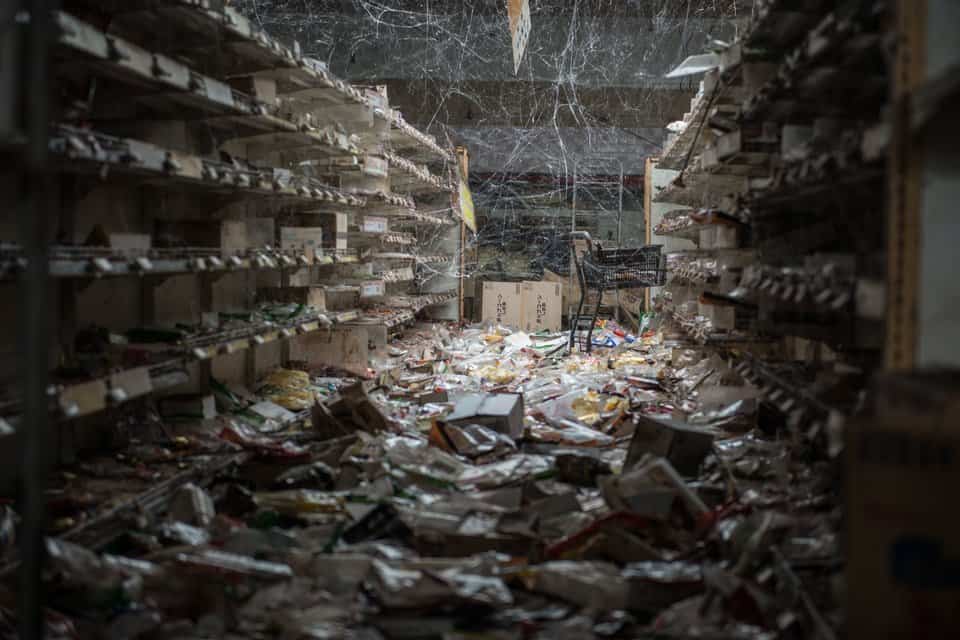
In 2015, seven years after visiting Fukushima, Japan, for the first time, photographer and filmmaker Arkadiusz Podniesiński decided to return to the city and photograph the effects of the nuclear disaster which occurred in 2011. Podniesiński noted that four years after the disaster, “more than 120,000 people are still not able to return to their homes, and many of them are still living in temporary accommodation specially built for them.”
“As with Chernobyl, some residents defied the order to evacuate and returned to their homes shortly after the disaster. Some never left,” the artist added.
Drawing similarities between Fukushima and Chernobyl, Podniesiński stated:
“It is not earthquakes or tsunami[s] that are to blame for the disaster at the Fukushima Daiichi nuclear power station, but humans. The report produced by the Japanese parliamentary committee investigating the disaster leaves no doubt about this. The disaster could have been forseen and prevented. As in the Chernobyl case, it was a human, not technology, that was mainly responsible for the disaster.”
As EcoWatch points out, the post-apocalyptic wasteland is divided into three zones based on the amount of radiation present: red, orange and green. Red, which is the worst, has radiation levels so high it’s uncertain whether residents will ever be able to return. The orange zone is less contaminated but is still uninhabitable. Reportedly, residents are allowed to return to their homes during the day but are not allowed to reclaim them and live in them. Finally, the green zone is the cleanest of all areas; residents will soon be able to return to this zone in the future if they so desire.
Commenting on the decontamination efforts, Podniesiński noted:
“Twenty thousand workers are painstakingly cleaning every piece of soil. They are removing the top, most contaminated layer of soil and putting it into sacks, to be taken to one of several thousand dump sites. The sacks are everywhere. They are becoming a permanent part of the Fukushima landscape.”
Houses and belongings are also being scrubbed.
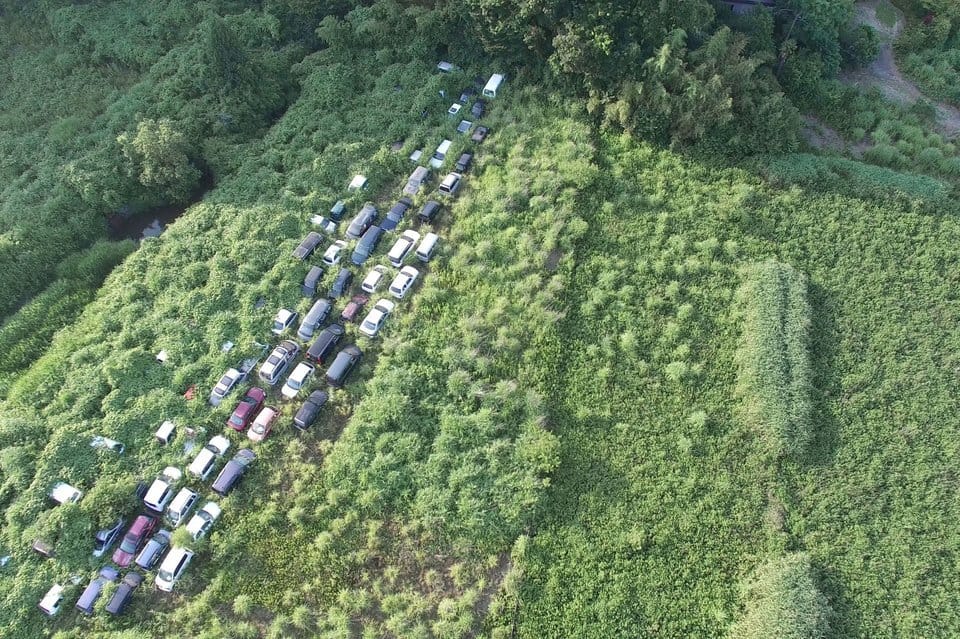
Though few would dare to return to Fukushima so soon, Podniesiński was inspired to because of a fascination with man-made disasters and the aftermath left behind.
“I came to Fukushima as a photographer and a filmmaker, trying above all to put together a story using pictures,” says Podniesiński. “I was convinced that seeing the effects of the disaster with my own eyes would mean I could assess the effects of the power station failure and understand the scale of the tragedy, especially the tragedy of the evacuated residents, in a better way.”
Though Podniesinki wasn’t able to get access to worst-affected areas in the exclusion zone, he was able to reach a few towns, which he described as “chilling.”
“Futaba, Namie and Tomioka are ghost towns whose emptiness is terrifying and show a tragedy that affected hundreds of thousands of people.”
Following are images captured in the exclusion zone:
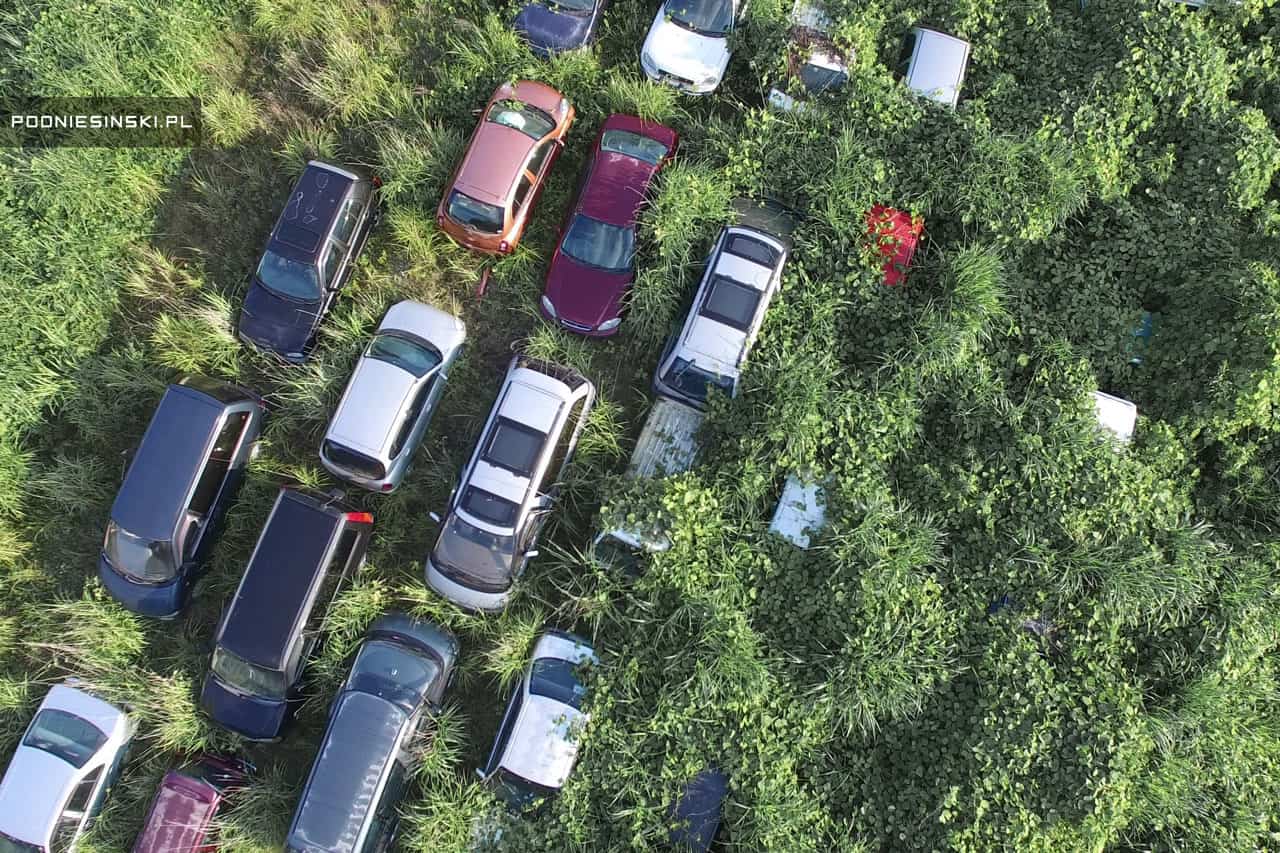
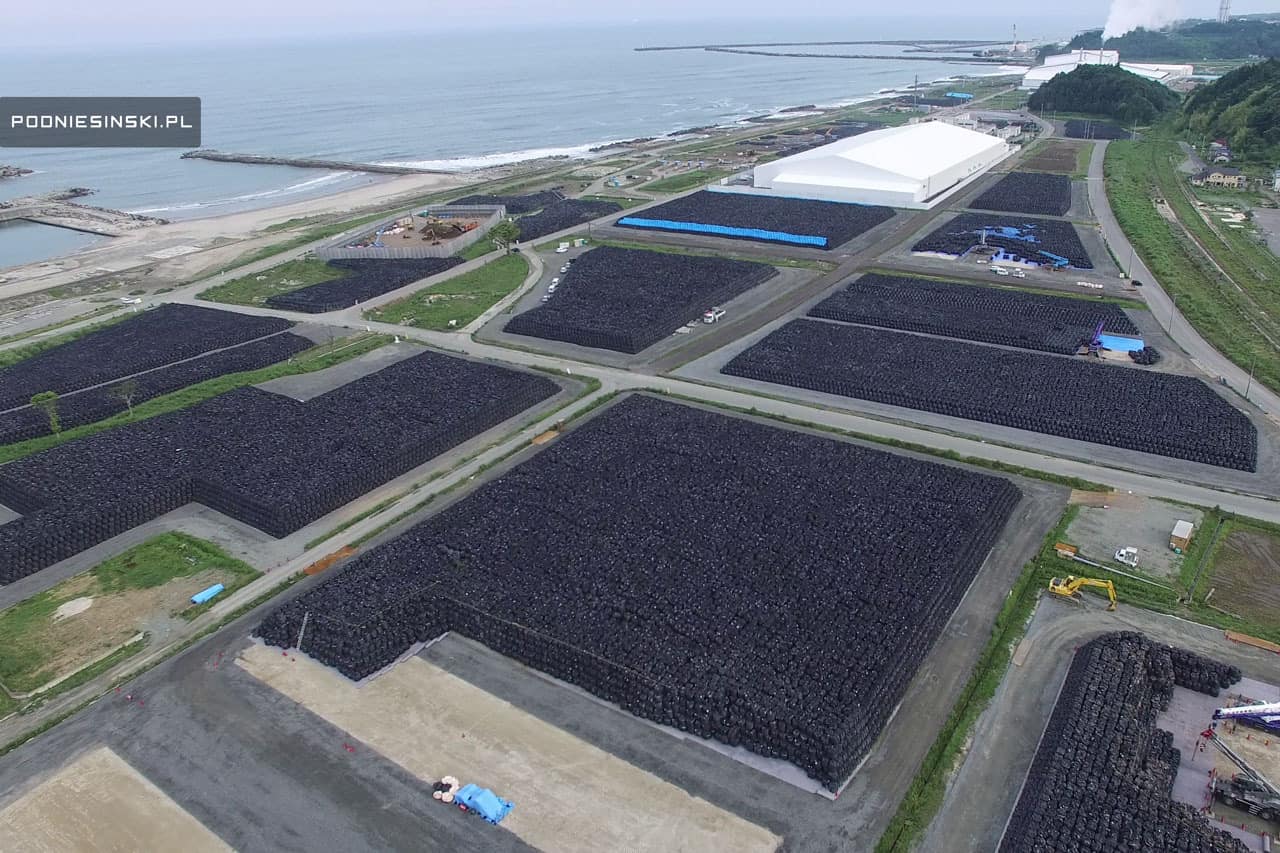
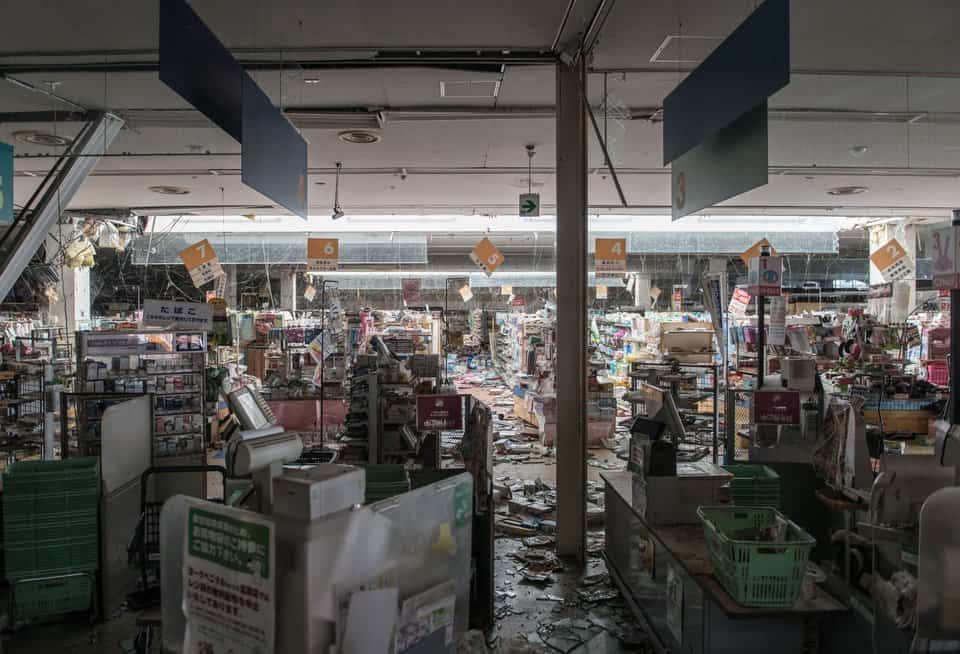
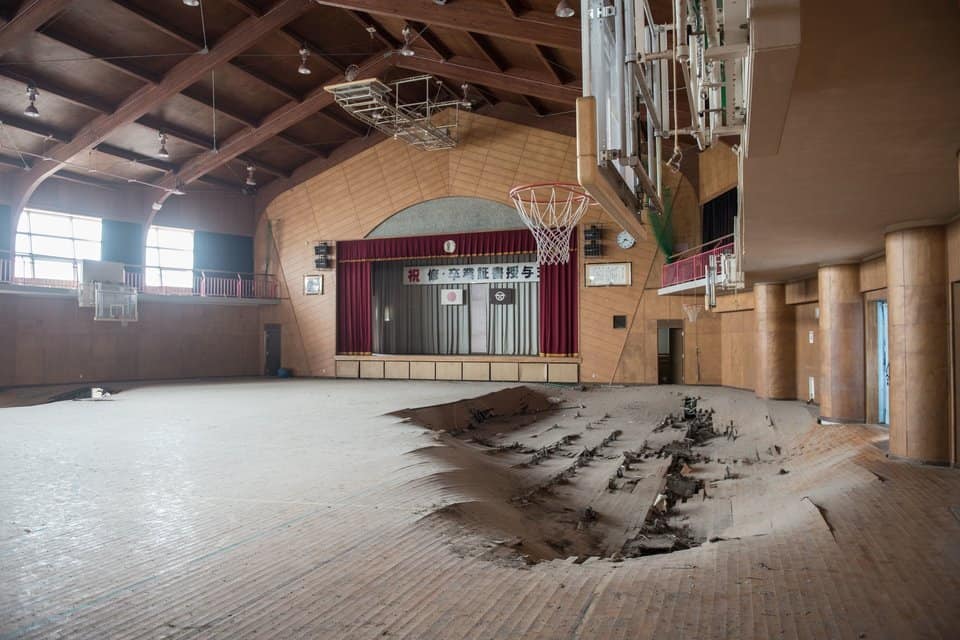
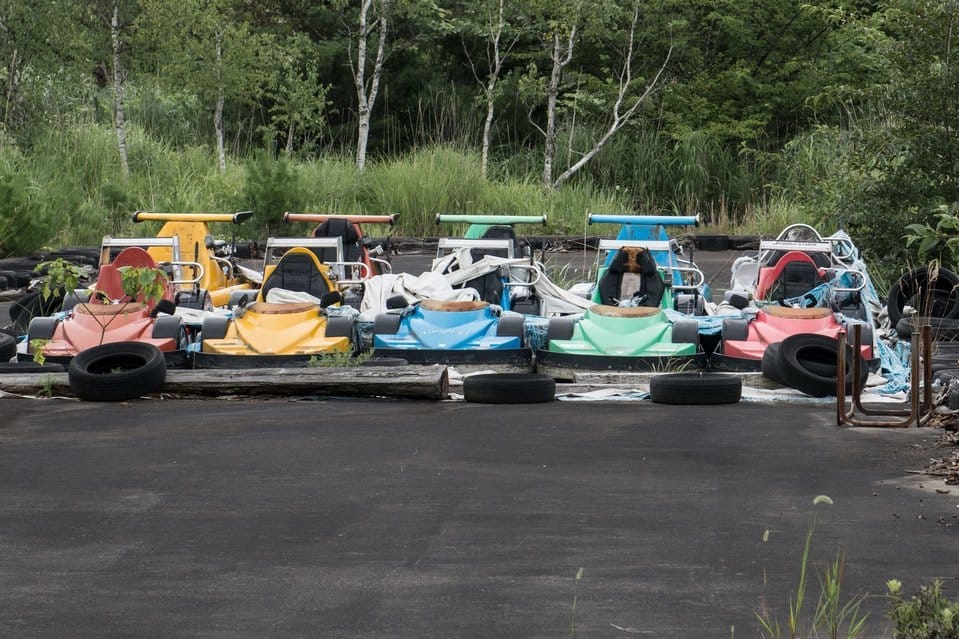
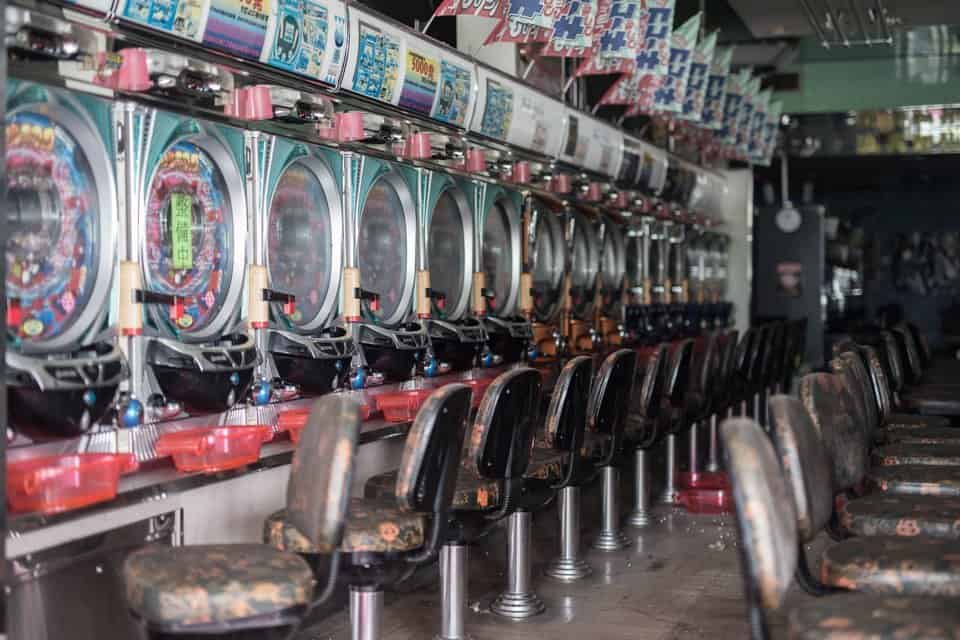
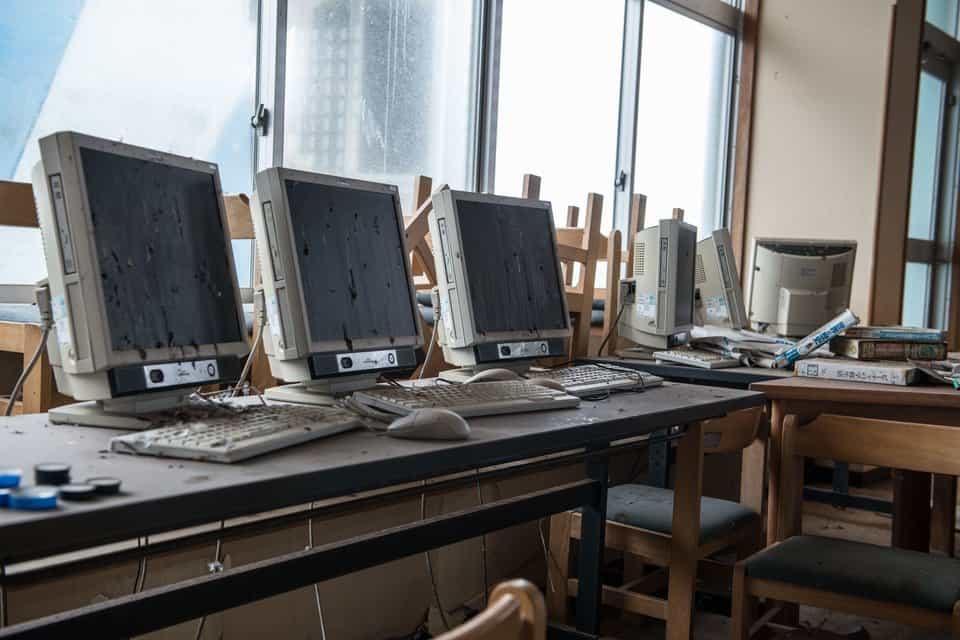
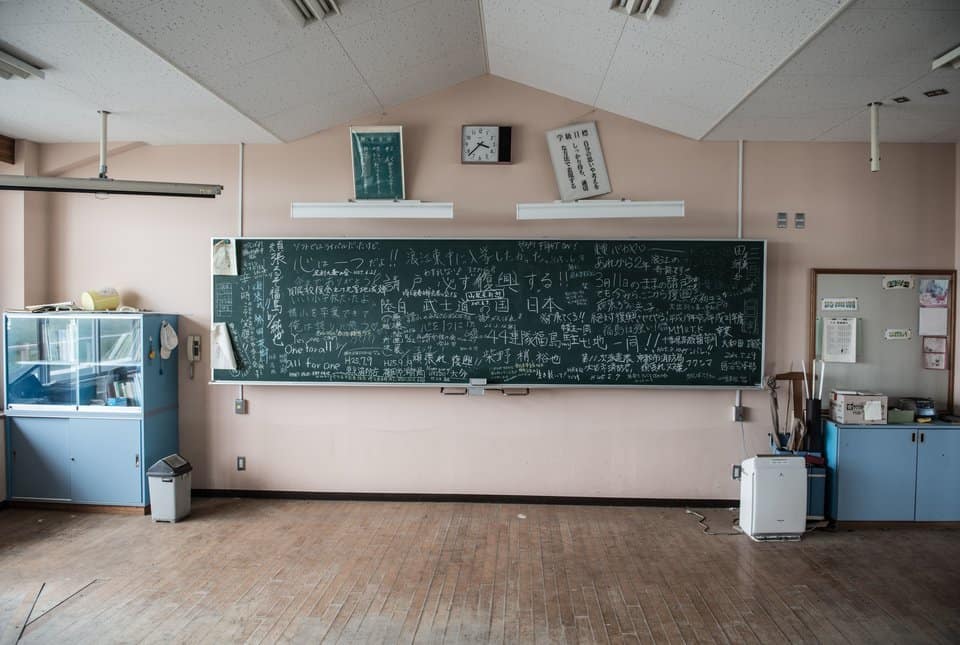
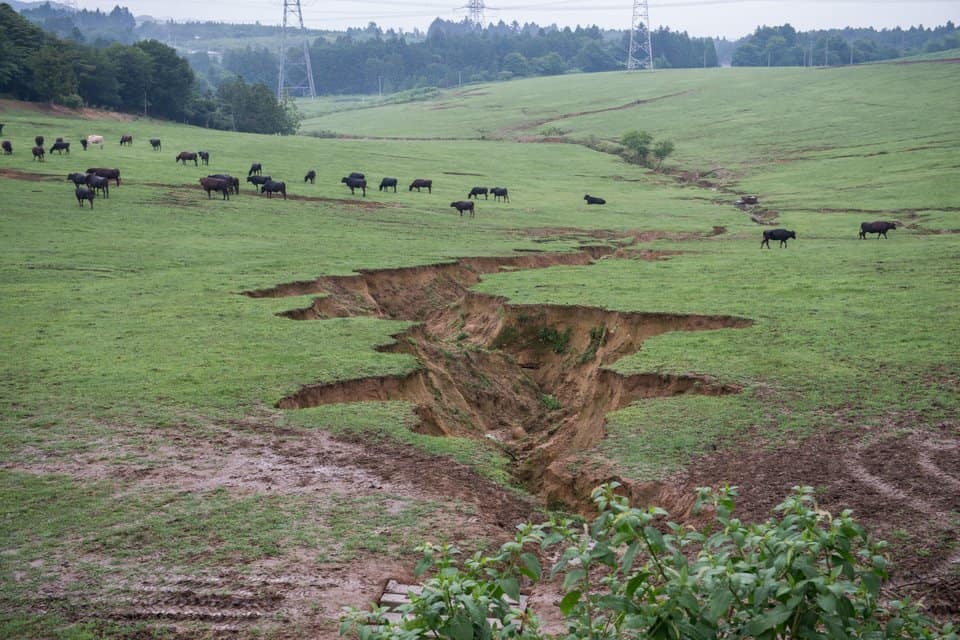
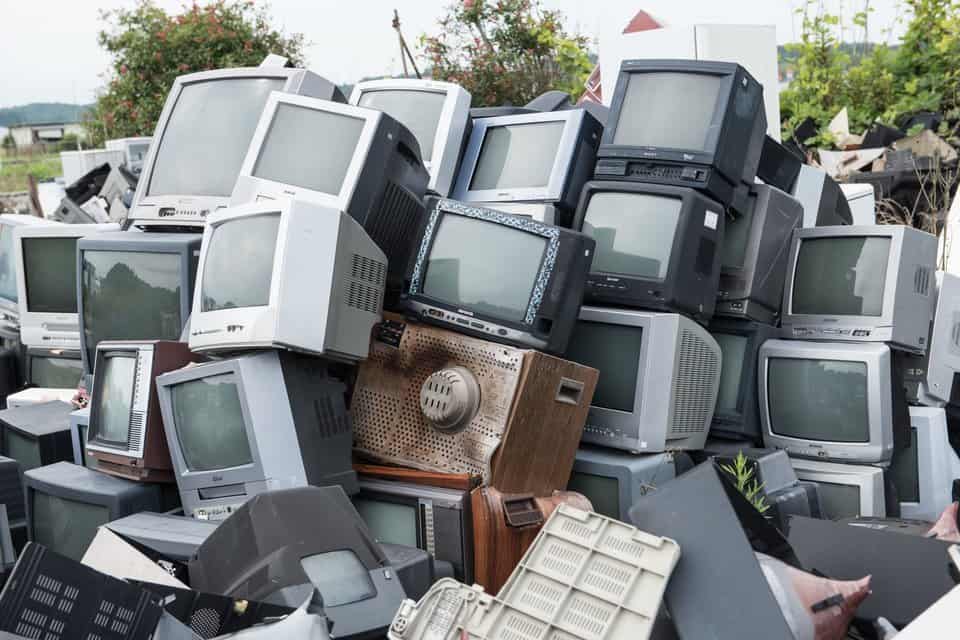
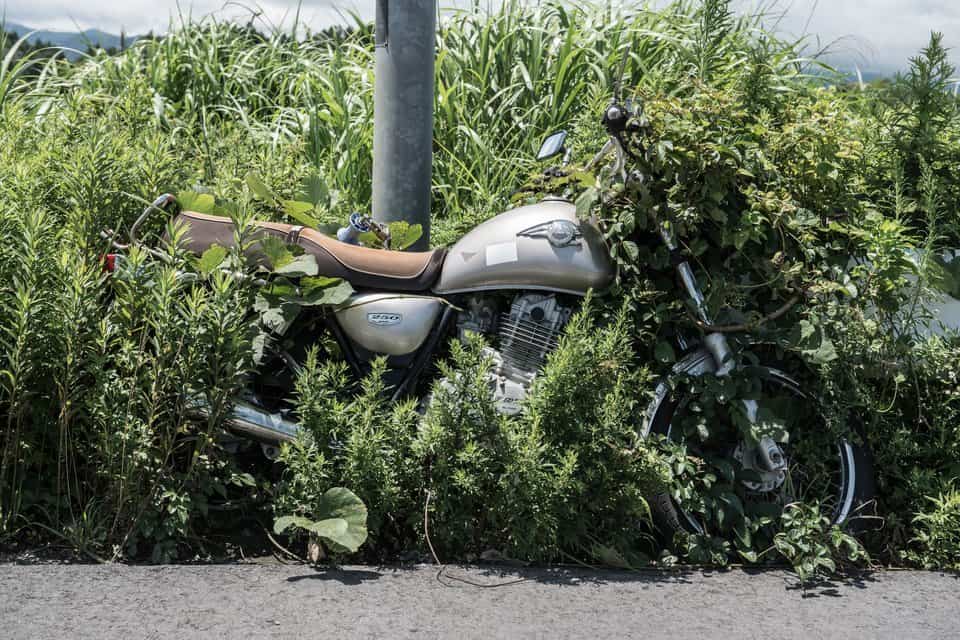
What are your thoughts? Please comment below and share this news!
This article (These 13 Photos Of Fukushima Reveal It To Be A Post-Apocalyptic Wasteland) is free and open source. You have permission to republish this article under a Creative Commons license with attribution to the author and TrueActivist.com


